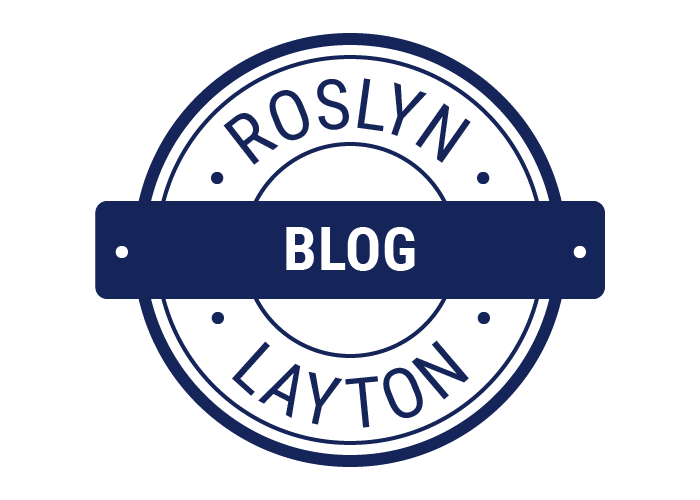GAO Highlights $14 Billion Broadband Subsidy Program’s Success And How To Improve

The Government Accountability Office (GAO) released an essential report AFFORDABLE BROADBAND: FCC Could Improve Performance Goals and Measures, Consumer Outreach, and Fraud Risk Management, written by GAO Director of Infrastructure Andrew Von Ah, a tour de force of 106 pages. To prepare the report, the GAO assessed the Federal Communication Commission (FCC) Affordable Connectivity Program (ACP) program proceedings, outreach materials, and enrollment data; interviewed 27 dozen diverse policy stakeholders, reviewed enrollment fraud risk vis-à-vis the Social Security Administration and the US Postal Service, and audited the Federal Communication Commission (FCC) performance of the program. The ACP has become one the largest and most important programs of broadband adoption ever tried. The GAO report is a treasure trove for policy researchers.
The report was prepared at the request of Senators Roger Wicker and John Thune, two leading Congressional broadband champions. Thune leads herculean efforts to provide oversight to some $80 billion in broadband subsidies. While the US broadband prices continue to fall with growing network competition, there remains a significant number of low-income households in US as well as non-English speaking households which have difficulty to afford broadband. This program may well be critical to assist these families to advance economically.
The $14 billion program, accessed by almost 16 million Americans, offers eligible low-income households discounts on the cost of their broadband service and certain devices. Eligible households can receive a discount of up to $30 per month ($75 for those on tribal lands) on their broadband service, and a one-time discount of up to $100 on a tablet, laptop, or desktop computer. ACP is funded by appropriations from the U.S. Treasury General Fund. The FCC reimburses participating internet service providers for providing these discounts.
The ACP is part of the FCC’s goal to reduce the digital divide for low-income consumers. The Commission attempts to determine whether the program stimulates first-time broadband access and characterize that access by geo-demographic factors defined by the US Census Bureau. Accordingly, the FCC attempts to target its outreach to the key Census tracts, ZIP codes, or counties in the bottom 20 percent of broadband penetration rates that have low ACP participation. Similarly it examines the areas with high participation to understand the reasons for success.
The GAO assesses this performance on p. 13 in the table “Key Attributes of Effective Performance Goals and Measures” looking at whether the goals and measures are free of significant bias, manipulation, or distortion, their linkage to overall agency goals, the crosscutting or redundancy of goals with other programs (whether complementary or wasteful), clarity, reliability, fit with overall US government priorities, in addition to quality, timeliness, efficiency, outcomes, or cost of service. The GAO finds that the program succeeds in its primary function to address the affordability angle of closing the digital divide. While the ACP meets many performance measures, the GAO finds it lacks specificity and clearly defined, quantitative targets. This gap could reflect how it was chartered by Congress and suggests how the program could be improved in future as well as refinement in the FCC’s outreach efforts.
Overall the GAO report makes a positive assessment of the ACP as part of the goal to close the digital divide and its adherence to the timeline stipulated by the Infrastructure Investment and Jobs Act. The GAO compliments the FCC overall on its commitment to continued improvement.
“The FCC’s efforts to establish program performance goals and measures, dedicate funds to outreach and translate its outreach materials into non-English languages, and conduct a program fraud risk assessment demonstrate its commitment to the program’s success. As FCC continues to implement and mature the program, including refining its goals and measures, translation process and outreach planning, and fraud risk management activities, it could strengthen the program’s effectiveness—and its ability to clearly demonstrate program accomplishments—by better aligning these efforts with leading practices.”
$14 billion is no small amount of taxpayer money. Nevertheless, the GAO report confirms that the ACP fulfills its goal to close the digital divide in a timely fashion and with continuously improving FCC management and performance. Congress can study the report for additional learning and refinement and should extend the program until there is no longer a digital divide. There are a variety of options for funding, including financial provision by technology companies which benefit financially from the access by end users who the ACP supports.
Originally published in Forbes.